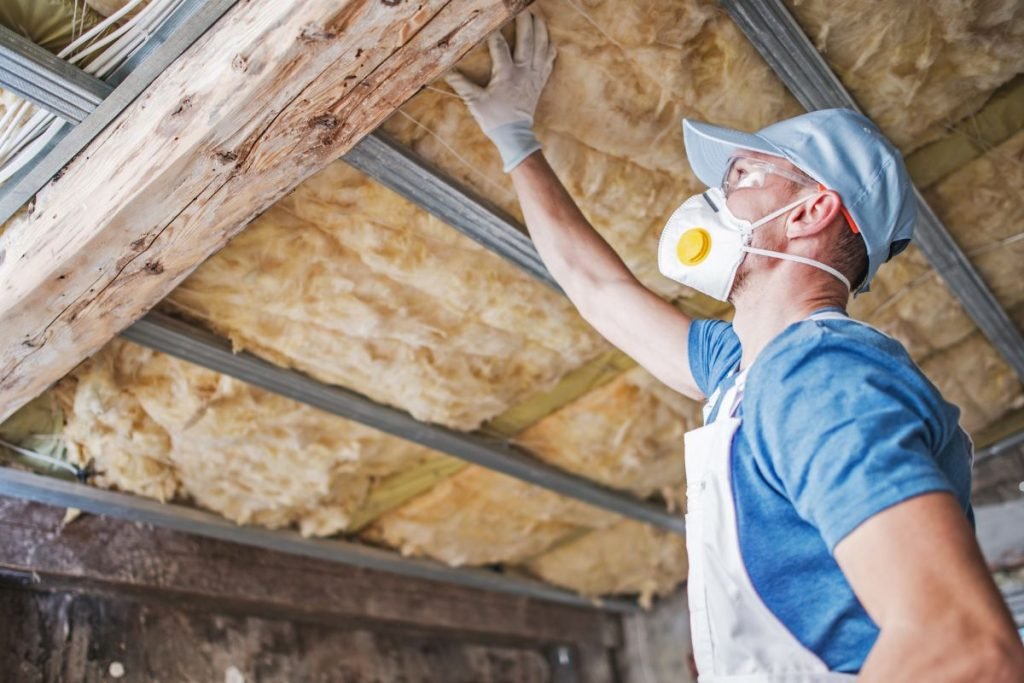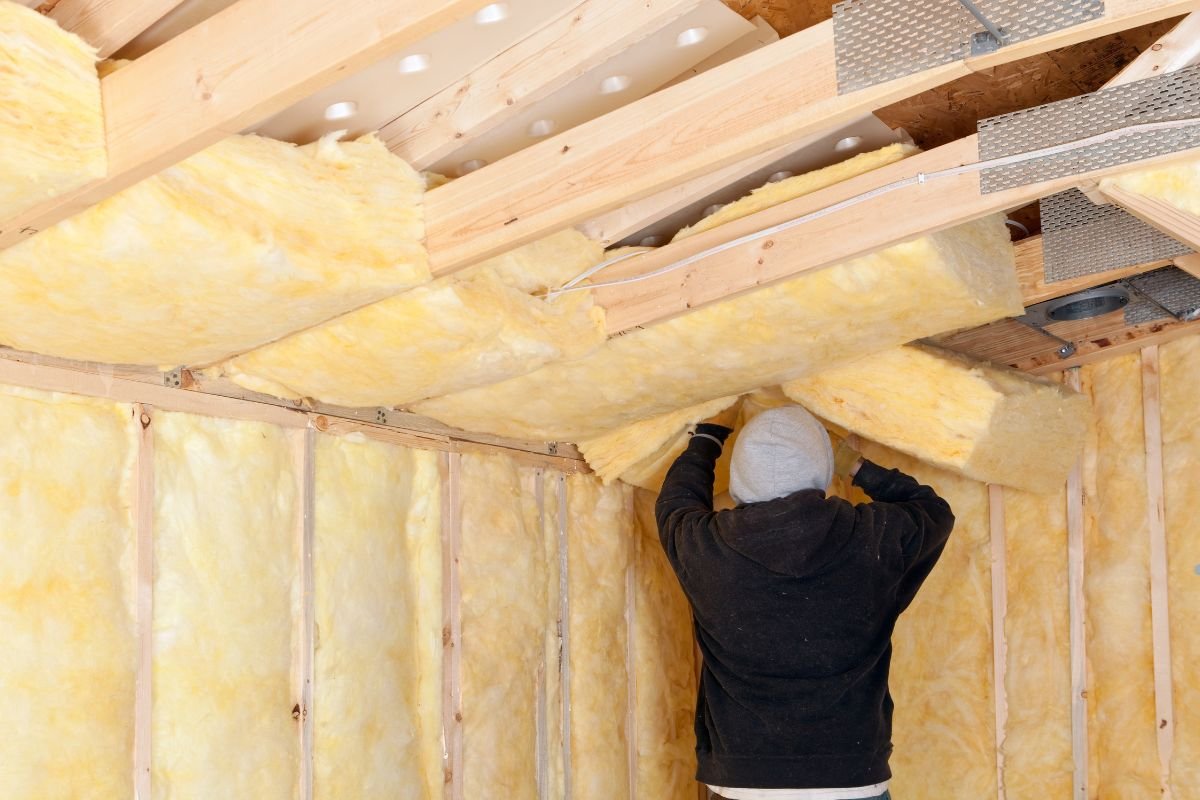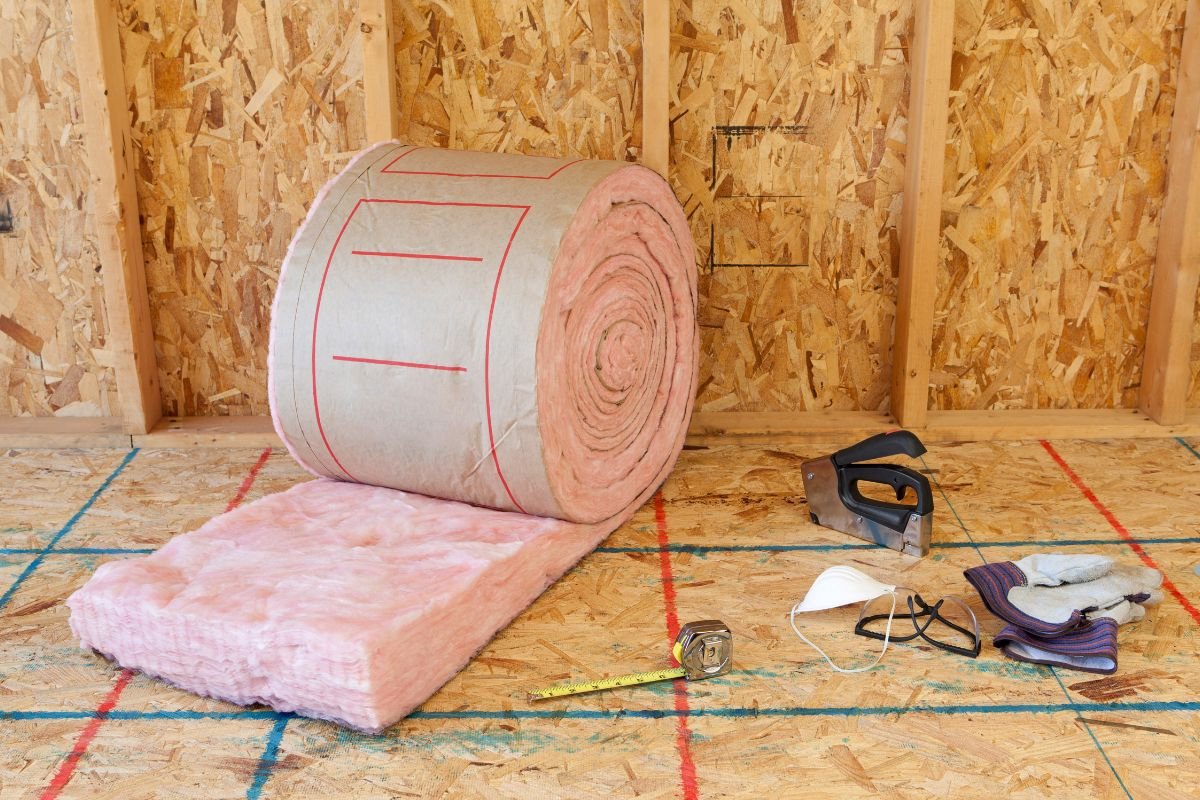
The need for insulation in your home stems from a core desire: to maintain a comfortable and energy-efficient living space. Insulation acts as a barrier, slowing down the transfer of heat. In winter, it keeps the warmth inside, preventing it from escaping to the cold outdoors. In summer, it prevents the outside heat from penetrating your home, keeping you cool. This translates to lower energy bills, a more comfortable environment, and a reduced carbon footprint. Let’s delve into the comprehensive reasons why insulation is essential for US homeowners.
Understanding How Insulation Works
To appreciate the necessity of insulation, it’s important to understand the basic principles of heat transfer. Heat naturally moves from warmer areas to cooler areas through three main methods:
- Conduction: Heat transfer through direct contact. Imagine touching a hot stove – the heat is conducted directly to your hand.
- Convection: Heat transfer through the movement of fluids (liquids or gases). Think of how a furnace heats a room – hot air rises, creating a convection current.
- Radiation: Heat transfer through electromagnetic waves. The sun’s warmth reaches us through radiation.
Insulation works by resisting these forms of heat transfer. The R-value of insulation measures its thermal resistance – the higher the R-value, the better the insulation’s ability to resist heat flow. Understanding R-value is critical when choosing the right insulation for your home.
Explore Our Services to find the perfect insulation solution for your home. From installation to upgrades, we’ve got you covered!
Key Benefits of Proper Insulation
Energy Efficiency and Cost Savings

One of the most compelling reasons to insulate your home is the potential for significant energy savings. Properly installed insulation can dramatically reduce your heating and cooling costs. By minimizing heat loss in winter and heat gain in summer, your HVAC system doesn’t have to work as hard to maintain a comfortable temperature. This not only lowers your monthly utility bills but also extends the lifespan of your heating and cooling equipment.
Improved Comfort and Consistent Temperatures
Imagine walking into a room and immediately feeling a chill, despite the thermostat being set to a comfortable temperature. This is often a sign of inadequate insulation. Insulation helps to eliminate drafts and maintain consistent temperatures throughout your home. You’ll no longer have to deal with cold spots in winter or sweltering rooms in summer. Improving your home’s insulation leads to a more comfortable and enjoyable living environment.
Noise Reduction
While often overlooked, insulation can also play a significant role in noise reduction. Dense insulation materials like cellulose and rock wool can effectively dampen outside noise, creating a quieter and more peaceful living space. This is especially beneficial for homes located near busy streets, airports, or other noisy environments.
Boost your home’s energy efficiency with our professional insulation services! From attics to walls, we ensure optimal comfort and savings. Call us now for a free consultation and get the best insulation solutions for your home!
Environmental Benefits
Beyond personal comfort and cost savings, insulation also offers significant environmental benefits. By reducing energy consumption, insulation helps to lower your carbon footprint and reduce greenhouse gas emissions. Investing in insulation is a simple yet effective way to contribute to a more sustainable future.
Where Insulation is Needed in Your Home
Attics
The attic is often the most critical area to insulate, as heat rises. A poorly insulated attic can lead to significant heat loss in winter and heat gain in summer. Ensure your attic has adequate insulation, meeting or exceeding recommended R-values for your climate zone.
Walls
Wall insulation helps to maintain a comfortable indoor temperature and reduce energy waste. Exterior walls are the primary focus, but insulating interior walls can also help reduce noise transmission between rooms..
Floors
Insulating floors, especially over unheated spaces like crawl spaces or garages, can significantly improve comfort and energy efficiency. This is particularly important in colder climates.
Crawl Spaces and Basements
Crawl spaces and basements are often damp and cold, leading to moisture problems and energy loss. Insulating these areas can help prevent these issues and improve overall home comfort.
Types of Insulation Materials
Fiberglass Insulation
Fiberglass insulation is a common and cost-effective option, available in batts, rolls, and loose-fill forms. It’s widely used in attics, walls, and floors.
Cellulose Insulation
Cellulose insulation is made from recycled paper and offers excellent insulation and soundproofing properties. It’s typically blown into walls and attics.
Spray Foam Insulation
Spray foam insulation provides superior air sealing and high R-values. It’s an excellent choice for hard-to-reach areas and offers excellent moisture resistance.
Rock Wool Insulation
Rock wool insulation, also known as mineral wool, is fire-resistant and provides excellent soundproofing properties. It’s a good choice for walls, floors, and ceilings.
Wondering why insulation is essential for your home? Our comprehensive guide covers everything you need to know! Stay comfortable year-round and save on energy bills. Call us now to get expert advice and the best insulation solutions for your home!
Insulation R-Values: What You Need to Know

The R-value of insulation measures its resistance to heat flow. The higher the R-value, the better the insulation. Recommended R-values vary depending on your climate zone and the area of your home you’re insulating. Refer to Department of Energy recommendations for specific guidance.
DIY vs. Professional Insulation Installation
While some insulation projects can be tackled as DIY projects, it’s often best to hire a professional insulation contractor. Professionals have the expertise and equipment to ensure proper installation, maximizing energy savings and preventing common problems. Safety is also a major consideration, especially when dealing with materials like fiberglass or spray foam.
Common Insulation Problems and How to Address Them
Moisture Issues
Moisture can significantly reduce the effectiveness of insulation and lead to mold growth. Ensure proper ventilation and address any leaks or moisture sources promptly.
Pest Infestation
Rodents and insects can damage insulation, creating nests and reducing its effectiveness. Seal any cracks or openings and consider using pest-resistant insulation materials.
Insulation Settling/Compression
Over time, insulation can settle or compress, reducing its R-value. Inspect your insulation regularly and add more material as needed.
Insulation and Building Codes
Be sure to comply with local building codes regarding insulation requirements. These codes are designed to ensure energy efficiency and safety.
FAQ: Frequently Asked Questions About Insulation
What are the signs I need more insulation?
- High energy bills
- Drafty rooms
- Inconsistent temperatures
- Ice dams on your roof
- Visible gaps or damage in your existing insulation
How much does insulation cost?
The cost of insulation varies depending on the type of material, the area being insulated, and the complexity of the project. from several contractors to get an accurate idea of the cost.
How long does insulation last?
The lifespan of insulation depends on the material and installation quality. Some insulation materials can last for decades, while others may need to be replaced sooner.
Conclusion: Investing in a Well-Insulated Home
Investing in a well-insulated home is an investment in your comfort, your wallet, and the environment. By understanding the importance of insulation, choosing the right materials, and ensuring proper installation, you can enjoy a more comfortable, energy-efficient, and sustainable living space.
Ensure your home stays energy-efficient and comfortable with our expert insulation services. From attic to wall insulation, we’ve got you covered! Contact us today for a free consultation and upgrade your home’s insulation.
